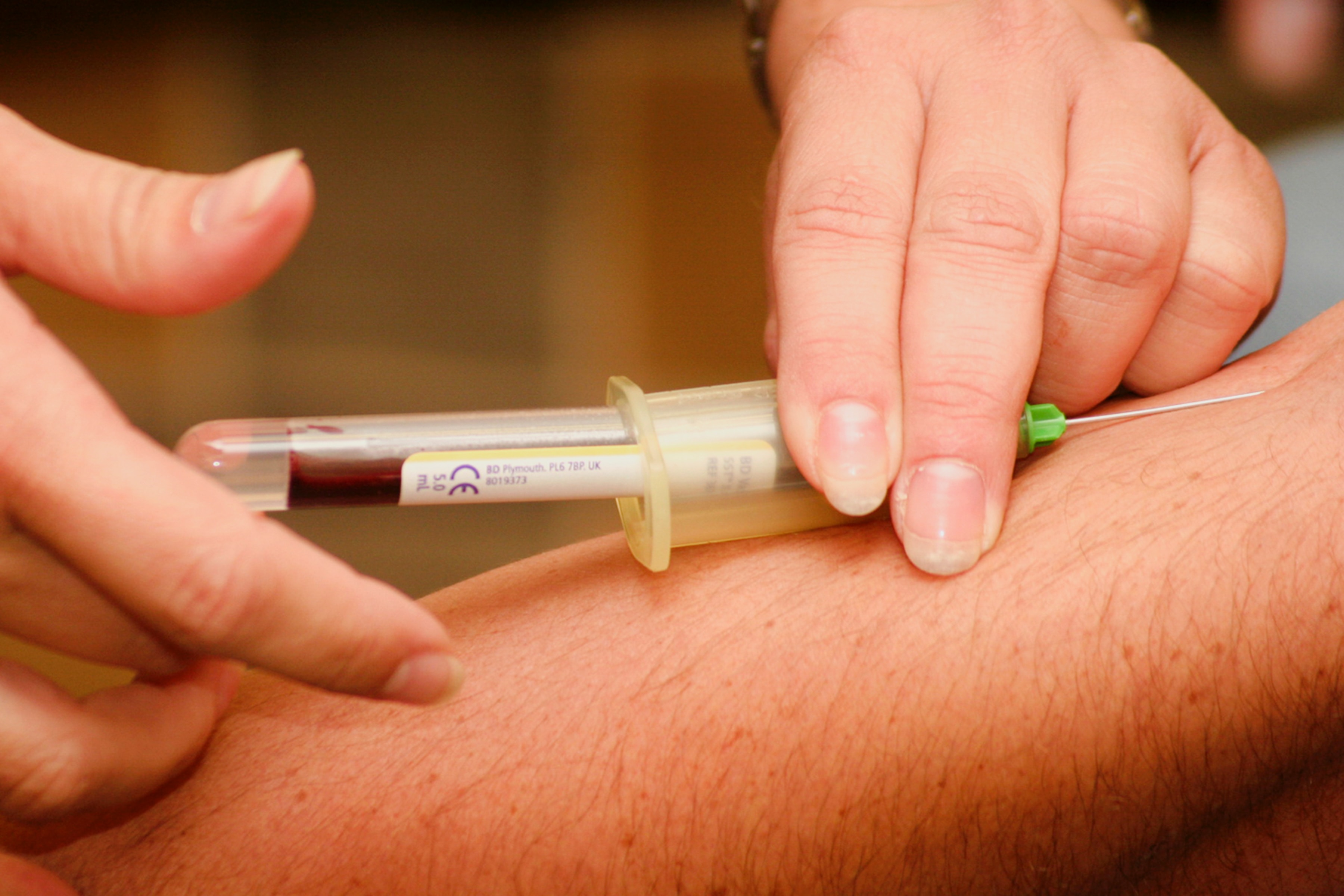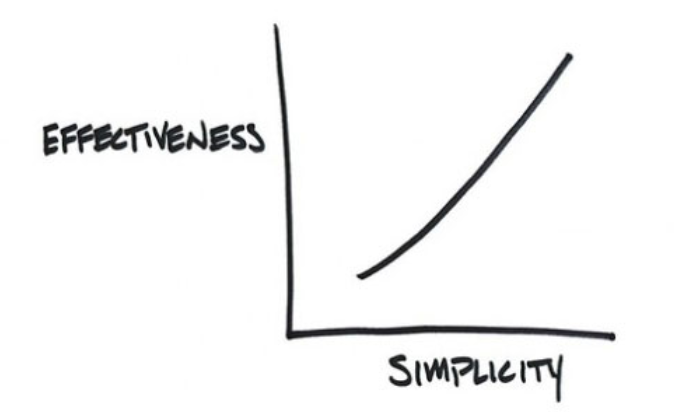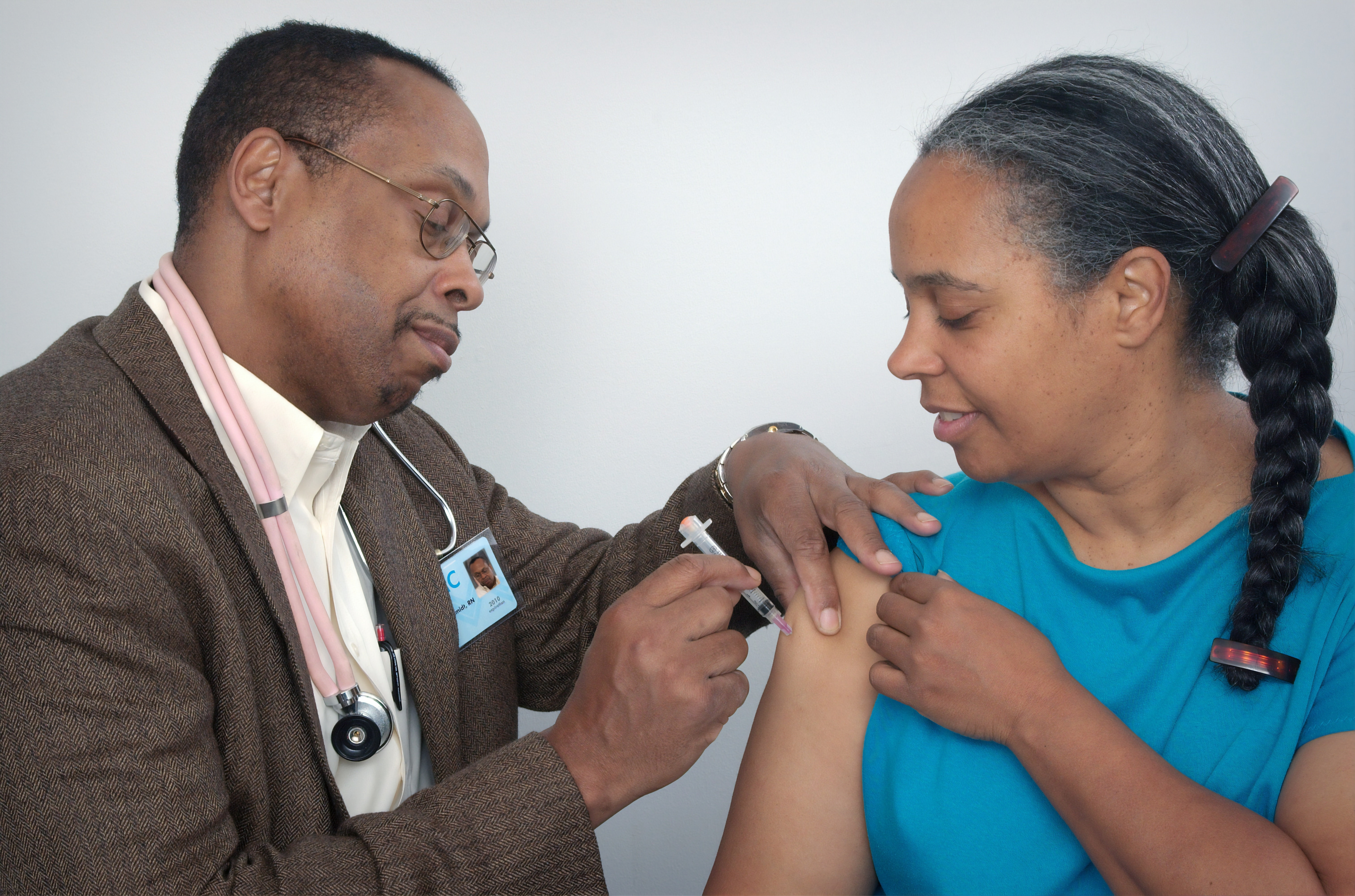Pacific AIDS Education & Training Center
The following courses are not 508-compliant and not available for CEs, however, there is a wealth of information we hope you enjoy!
By the end of this training, you'll be able to:
- Discuss recent updates and trends in PrEP research.
- Understand the current epidemiological trends of HIV/AIDS among Black MSM.
- Discuss the results and implications of the recently released HPTN 073, Black MSM PrEP study.
- Understand the need for theory-based culturally tailored PrEP programs for Black MSM.

By the end of this training, participants will be able to:
- Define several key terms related to substance use and HIV risk among older adults & review the epidemiology of substance use and HIV/AIDS in older adults
- Discuss the intersection of substance use and HIV/AIDS among older adults
- Explain the key concepts of at least three effective behavioral interventions for treating substance using older adults

By the end of this training, participants will be able to:
- Review the neurobiology, medical consequences, and epidemiology of heroin use.
- Explain why and how heroin use increases a user’s risk of being exposed to HIV.
- Discuss the key concepts of at least three effective behavioral interventions and three medical interventions for heroin addiction.

By the end of this training, participants will be able to:
- Be familiar with the STDs and how they intersect with HIV
- Understand rising STD rates and potential contributors
- Be able to name three strategies the public health department is using to address rising STDs

By the end of this training, participants will be able to:
- Describe the background and rationale for conducting SBIRT in HIV care and other health settings.
- Explain how to utilize screening procedures to identify patients engaged in at-risk substance use behaviors.
- Demonstrate a three-step motivational interviewing-based brief intervention strategy to motivate patients to change their at-risk behavior and/or seek treatment.

By the end of this training, you'll be able to:
- Define the challenges of co-morbidities and how screening with the SAMISS can help identify HIV positive patients with co-existing mental health and/or substance abuse problems.
- Employ the SAMISS in demonstrations, role plays and exercises.
- Interpret SAMISS results and provide patients with tangible referrals to follow-up care and services.

By the end of this training, participants will have a working understanding of the following topics:
- Why Test For HIV?
- Initiating Treatment
- Basic Clinical Maintenance
- Hepatitis C: Key Points

By the end of this training, you'll be able to:
- Understand HIV Epidemiology Nationally & Locally.
- Identify unique clinical and psychosocial needs of older adults living with HIV.
- Discuss the most prevalent comorbid conditions faced by older adults living with HIV.

By the end of this training, you'll be able to:
1. Describe the effect of substance use disorder on brain functioning
2. Identify at least two neurotoxic effects of HIV on the brain.

By the end of this training, you'll be able to:
- Discuss how to make a HIV clinic a safer space
- Ensure clients remain in HIV care
- Reduce anxieties of impacted client populations
- Utilize fact sheets and other referral resources to empower clients to know their rights, and stay in care

